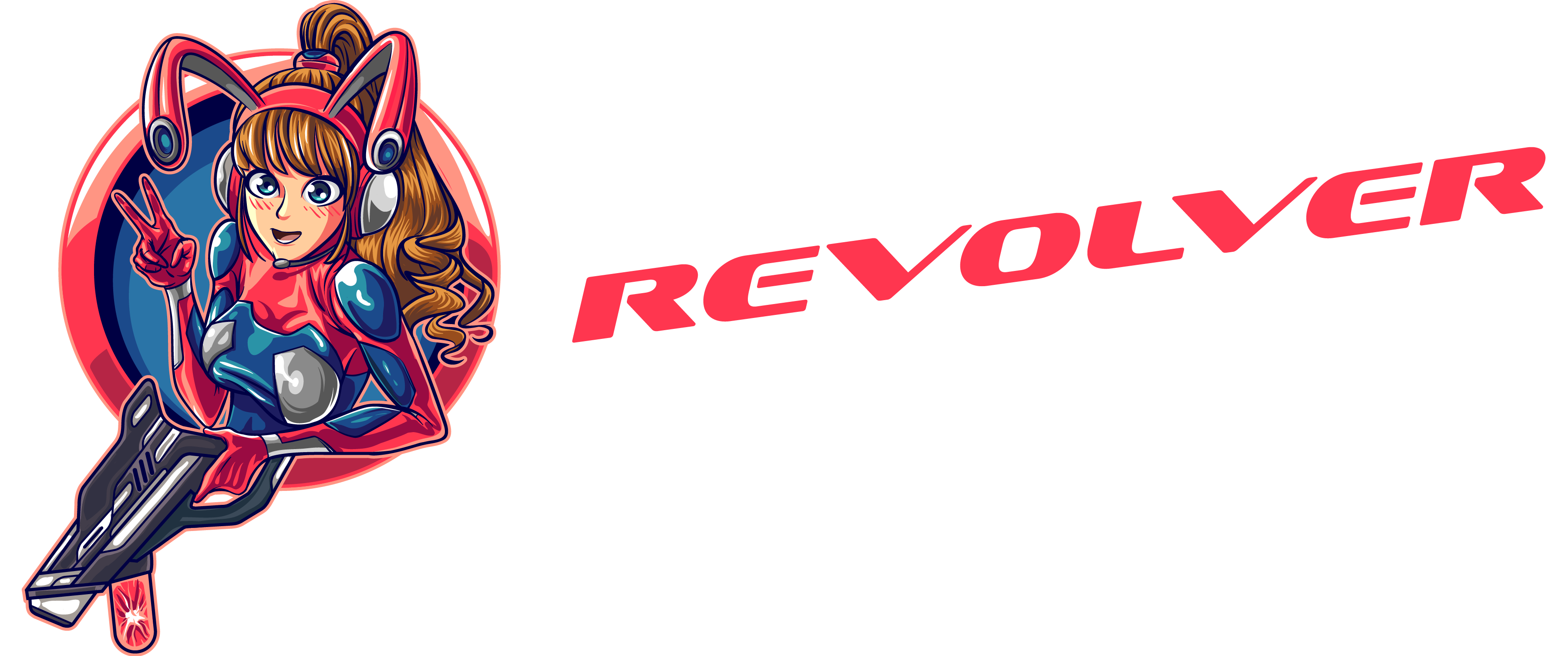Marketing strategies often push boundaries to grab attention, but some brands go beyond the ordinary. This list is about the most weird, creative, and surprisingly effective tactics companies use to launch products. From bizarre stunts to unconventional campaigns, these methods prove that standing out sometimes means embracing the absurd in the business world. Read on!
1. The Moldy Burger That Went Viral
Burger King’s “Moldy Whopper” campaign took shock value to new heights. Instead of showcasing a fresh burger, the ad featured a decaying, mold-covered Whopper over 34 days. The goal? Highlight the removal of artificial preservatives. Critics called it gross, but the weird approach worked. Sales spiked, and the campaign won multiple awards.
The success lay in challenging expectations. Most fast-food ads emphasize freshness, but Burger King leaned into discomfort. Thus, this weird twist sparked debates, ensuring the brand stayed in headlines for weeks.
2. A Billboard That Eats Smog
In 2021, a tech company in Poland unveiled a billboard that literally cleans the air. Made of moss, the structure absorbed pollutants equivalent to 720 trees. The weird part? It doubled as a promo for an air-purifying device.
So, this eco-friendly stunt merged sustainability with marketing. Solving a real-world problem (air pollution), the brand generated organic media coverage. The campaign’s weird blend of practicality and creativity made it memorable without feeling gimmicky.
3. A Coffee Brand’s “Anti-Ad” Campaign
A coffee company once ran ads that read, “Don’t buy our coffee. It’s too strong for you.” Reverse psychology tapped into curiosity, daring consumers to prove the claim wrong. The weird tactic led to a 27% sales increase in three months. The approach worked because it flipped traditional marketing scripts. Instead of pleading for purchases, the brand dared audiences to disagree; a risky but effective way to build intrigue.
4. A Toothpaste Tube You Can’t Open
To raise awareness about water conservation, a toothpaste brand designed tubes that required scissors to open. The weird packaging forced users to confront their water waste habits while brushing. The campaign linked product use to a global issue, making personal care feel impactful. Though inconvenient, the weird design sparked conversations about sustainability, aligning the brand with environmental activism.
5. A Fake News Website for a Horror Movie
To promote a horror film about AI, a studio created a fake news site reporting eerie “true stories” of tech gone wrong. The weird site included creepy videos and fake testimonials, blurring fiction and reality. Fans shared the site widely, mistaking it for real news. The campaign’s weird immersion into conspiracy culture amplified the movie’s themes, driving ticket sales through grassroots buzz.
6. Pizza-Flavored Sunscreen
A sunscreen brand collaborated with a pizza chain to launch a limited-edition “Pizza Protection” lotion. The weird product smelled like pepperoni and claimed to protect skin from “sunburn and pizza cravings.”

Though not practical, the stunt generated social media frenzy. Fans bought the lotion as a joke, but the brand gained 500,000 new followers. The lesson? Absurd humor can turn a weird idea into a cultural moment.
7. A “Pay With Sweat” Vending Machine
A sports drink company installed vending machines that accepted exercise instead of cash. Users had to pedal a bike for three minutes to unlock a free drink. The weird concept tied the product to fitness, reinforcing its health-focused image. The machines appeared in parks and gyms, driving engagement without traditional ads. Thus, this weird blend of product sampling and experiential marketing created lasting brand recall.
8. A Cemetery for Discontinued Products
A tech company held a mock funeral for its retired gadgets, complete with tombstones and eulogies. The weird event let customers mourn old devices while highlighting new releases. The stunt humanized the brand, making product updates feel like natural evolution. Attendees shared the experience online, blending nostalgia with curiosity about future innovations.
9. A “Pee-Powered” Billboard
To promote a water-saving toilet, a plumbing brand created a billboard powered by urine. Public restrooms nearby collected urine, converting it into electricity for the ad’s lights. The weird project emphasized the toilet’s efficiency while showcasing renewable energy potential. Though controversial, the campaign’s boldness earned industry awards and global press coverage.
10. A Dating App for Cars
An auto manufacturer launched a parody dating app where users matched with cars instead of people. Profiles included humor like “loves long drives on the beach.” The weird app did not sell vehicles directly but boosted brand visibility. Tapping into dating culture, the campaign reached younger audiences. The app’s silliness made the brand feel relatable, driving a 20% increase in website traffic.
Why Weird Marketing Works
Weird campaigns break through noise by defying norms. They trigger emotions, curiosity, shock, laughter that forge stronger brand connections. For instance, 20% of 15 failed campaigns analyzed still gained secondary traction through media coverage, proving that even misfires can pay off. However, balancing creativity with clarity is important. Audiences should grasp the product’s value, even if the delivery is unconventional.
For example, when marketing new casinos without a Swedish license, it would be very weird to express how great Swedish licensed casinos are; this kind of contradiction confuses audiences and undermines credibility. Weird tactics work best when they align with the brand’s core message, avoiding mixed signals that dilute impact.
Final Words
From edible sunscreen to urine-powered billboards, these weird tactics prove that innovation thrives outside the box.

While not every brand can (or should) replicate such extremes, the core lesson holds: memorable marketing often requires daring to be different. For investors, backing these ideas means weighing risks against potential viral rewards. After all, in a crowded market, weird might just be the new wonderful.

